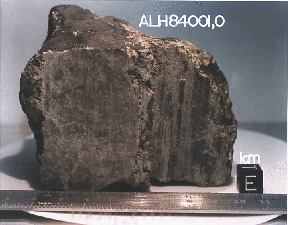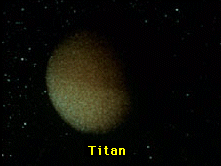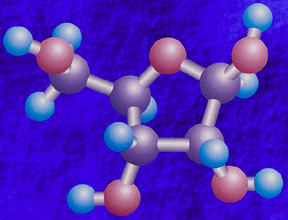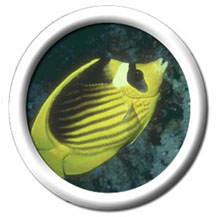This is just one species of butterflyfish. Isn't it pretty?!
Click on image for full size
Windows Original, adapted from Corel Photography
Butterflyfish
The butterflyfish family is full of colorful fish. They range from 6 inches to a foot long. Butterflyfish live near corals because that is where they find food. These fish eat worms, algae and polyps, which are the insides of corals.
Butterflyfish are very pretty animals. Some are yellow, like the one in the picture. Others are blue with orange stripes. They make really good pets!
All butterflyfish have the same shape. They have long, oval bodies with a short snout at one end and a fan tail at the other.
You might also be interested in:

Jupiter's atmospheric environment is one of powerful winds, going 250 miles per hour, and temperatures from -270 degrees to +32 degrees (freezing temperature). These winds make it hard for life forms to
...more
In July, 1996 a team of scientists said that they had discovered possible fossils of bacteria in a meteorite named ALH84001 that came from Mars. It was found in Antarctica in 1984 after having landed there
...more
Saturn's atmospheric environment is one of powerful winds, going 250 miles per hour, and temperatures from -270 degrees to +80 degrees. With winds like these, it is hard to have peace and quiet. The region
...more
The air of Titan is a lot like the Earth's, except that it is very cold, from -330 degrees to -290 degrees! Like the Earth, there is a lot of Nitrogen and other complex molecules. There also may be an
...more
Organisms that are able to "make their own food" are called autotrophs, meaning "self-feeders". Some examples of autotrophs are plants and algae (shown in the picture). Both plants and algae use photosynthesis
...more
In the warm early ocean, large molecules came together into a form called *coacervates*. Molecules such as these will form coacervates in the same way that beads of vinegar in oil come together. These
...more
Over a very long time, gradual changes in the earliest cells gave rise to new life forms. These new cells were very different from earlier cells because they were able to get their energy from a different
...more














